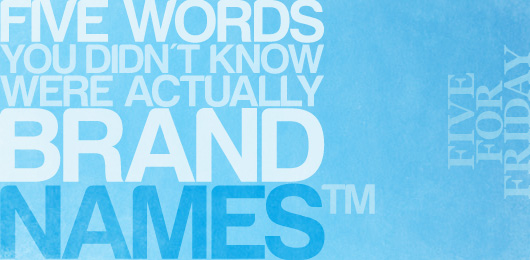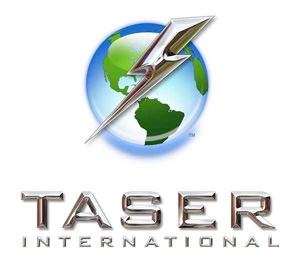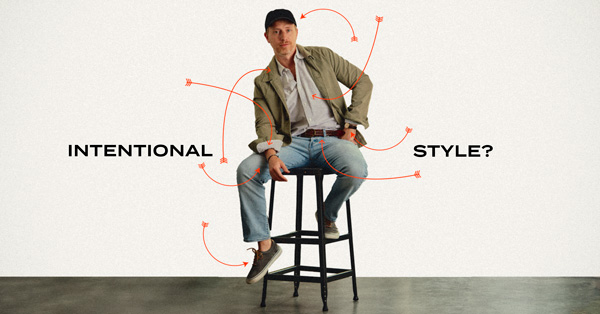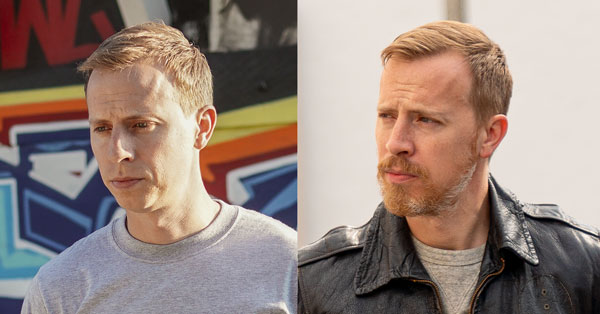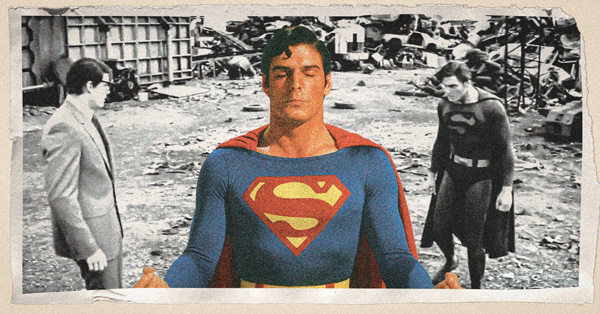Every Friday, I’m compiling a list of five things that meet one criterion. “What is that criterion”, you ask? Well, it’s going to change every week and you’re just going to have to try and keep up.
This week…
Five Words You Didn’t Know Were Actually Brand Names
Between our media-heavy world and the human instinct to forcefully evolve our languages, we all tend to inject words into our vocabulary that we probably shouldn’t. Beyond actual linguistic taboos like saying “could of” instead of “could’ve (could have),” we co-opt made-up words from television and film that eventually make their way into the dictionary (like “truthiness” or “interweb”) and shorten phrases into acronyms based on our Internet habits (like “BFF” or “OMG”).
But arguably the most noticeable fashion in which folks use words they shouldn’t use (and in many cases, don’t even intend to use) comes in the form of “genericized trademarks,” also known as “proprietary eponyms”. That is, using a trademarked name as if it was just a regular old noun. You’ve done it, I’ve done it, and even though I’m using a lot of words here to hint that we should all stop doing it… we’re both going to keep on doing it probably for the rest of our lives.
In some cases, we are well-aware that the word we use is actually a brand name but we persist regardless because it’s just easier, that way (see: Band-Aid, Coke, Google, Scotch tape, Xerox, Photoshop, Chapstick, Jeep, Jell-O, and Kleenex).
But there are many words being fired back in forth in communications all over the country that are actually cleverly disguised brand names. You’ve been shilling for the corporate fatcats and you didn’t even know it!
It’s worth pointing out that many of the names below are pretty widespread in their colloquial use but not all of these terms are used everywhere (for instance, did you know that in many parts the southern United States, people use “coke” as a non-proper reference to all varieties of soda?), so don’t go complaining if your city region miraculously says all the right things all the time.
Before we get to the top five, here a few pretty interesting runners-up:
- Frisbee, Hacky Sack, and Hula Hoop (all property of Wham-O)
- Jet Ski (a Kawasaki brand name; you’ll be interested to know that WaveRunner, Ski-Doo, and Sea-Doo are all also brand names)
- Ping Pong (Parker Brothers owns this term, which is why the term “table tennis” exists)
- Q-Tips (I’m not sure whether or not the singularly-named rapper must pay royalties)
- Realtor (believe it or not, the only people who can legally claim to be “Realtors” are members of the National Association of Realtors – non-members are “just” real estate agents)
- Super Heroes (the two-word form of the term is a trademark co-owned by DC Comics and Marvel Comics)
And now, on the main event (that phrase is not trademarked, I checked with Michael Buffer)…
5. Taser
[Trademark owner: Taser International, Inc.]
This one has a pretty interesting origin story: the first iteration of an electronic control weapon was developed by a NASA scientist named Jack Cover (he was former chief scientist of the Apollo Moon Landing Program, so he’s pretty much awesome in two very important ways) between 1969 and 1974 and actually used gunpowder to launch the electrified probes (this detail led the Bureau of Alcohol, Tobacco, and Firearms to classify it as a firearm). Cover grew up idolizing Tom Swift and so, when it came time to title the device, he hearkened back to an eerily prescient novel from his childhood: Tom Swift and His Electric Rifle. Because “TSAHER” isn’t an easy acronym to pronounce, Cover did some tweaking and created “Tom A. Swift’s Electronic Rifle” or… TASER.
Rick and Tom Smith approached Cover in the early 1990s to modify the device (ultimately switching to compressed air from gunpowder) in hopes of producing the item for law enforcement and the consumer market. They put it all together by 1994, and built their company Taser International, Inc. (it’s no longer an acronym, just a name) around the less-lethal electroshock gun.
The term “Taser” has become so commonly used in a generic noun sense that “tase” and “taser” have also become common verbs (as you may have heard before). So you’re not completely crazy for thinking that “taser” was a word used to describe any electronic shock weapon.
4. Popsicle
[Trademark owner: Good Humor-Breyers]
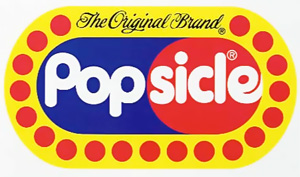
The treat was discovered by accident in 1905, when an 11-year-old boy named Frank Epperson left a mixed powder drink outside overnight, with the stirring stick still in it. The temperatures plummeted overnight and Frank discovered the “frozen drink on a stick” the next morning. Somehow, he kept this idea to himself for 18 years and he eventually introduced it at the Neptune Beach amusement park in California. Seeing that people clearly were into the frozen confectionery, he applied for a patent under the name “the Epsicle ice pop”. Apparently his kids suggested he change it to “Popsicle”.
3. Jacuzzi
[Trademark owner: Jacuzzi Inc.]
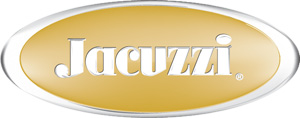
I was sort of right, though: the history behind the name is, in fact, Italian. At the beginning of the 20th century, seven Italian brothers with the surname Jacuzzi immigrated to the United States and learned the ins-and-outs of making machines. At first, they specialized in airplane propellers and other areas of aviation manufacturing.
The brothers’ focus changed after one of them died in a plane crash and before long, they were making innovative deep well agricultural pumps. Later, when one of the brothers’ sons (Kenneth) developed rheumatoid arthritis, the company developed a submersible bathtub pump in order to provide hydrotherapy for him at home. Before long, Kenneth took charge of the company and marketed the submersible pump (dubbed the “J-300”) as a therapeutic aid that could be placed in any bathtub. Several Hollywood stars immediately jumped on board, offering testimonials and the name “Jacuzzi” was instantly synonymous with whirlpool bathtubs.
Tangent for a second: what is a spa, definitively? Can we get a ruling on this? Because for a while it seems like it was just the name for a place where you would get pampered with massages, skin treatments, and all other sorts of therapeutic relaxing things. But now it seems like “spa” is a synonym for “hot tub”. What’s the deal?
Anyway, Jacuzzi is a brand name and in an addition to hot tubs, they also make bathtubs, showers, toilets, sinks, and mattresses. Who knew?
2. Styrofoam
[Trademark owner: Dow Chemical Company]
At this point, anything made out of foam – cups, plates, coolers, packing materials – is usually referred to as being “Styrofoam”. It’s so ubiquitously used that even if I am making an effort not to use it in a generic sense, I struggle to think of an appropriate replacement.
But truthfully, Styrofoam (or the technical “extruded polystyrene foam”) isn’t used in cups, plates, coolers, or packing materials at all. Styrofoam can be found primarily in building materials (mainly insulation, in the form of “Blue Board”) and arts & crafts supplies.
And if you were wondering: all those disposable cups and plates that you’ve been calling “Styrofoam” are actually made of expanded polystyrene foam (which is very similar to Styrofoam but, at the same time, is still not Styrofoam).
1. Velcro
[Trademark owner: Velcro Industries]

Because I know you’re curious: the term “Velcro” came from its Swiss inventor George de Mestral and it is a combination of the two French words “velours” and “crochet”.



